Bizarre Cultural Foods You Won't Find In Your Local Restaurant
Trying out different cuisines is one of the easiest ways to learn about other cultures, though some individuals may be hesitant about it, particularly if they are picky about what foods they eat. The food sources, preparation methods, and different ways foods are presented all vary from culture to culture. Sometimes foods from other cultures can become quite popular, causing them to be found just about everywhere, with other cultures presenting their own spin on it, but in many other instances, certain cultural foods are still considered a bit bizarre and thus, are not often found in restaurants.
Witchetty Grub
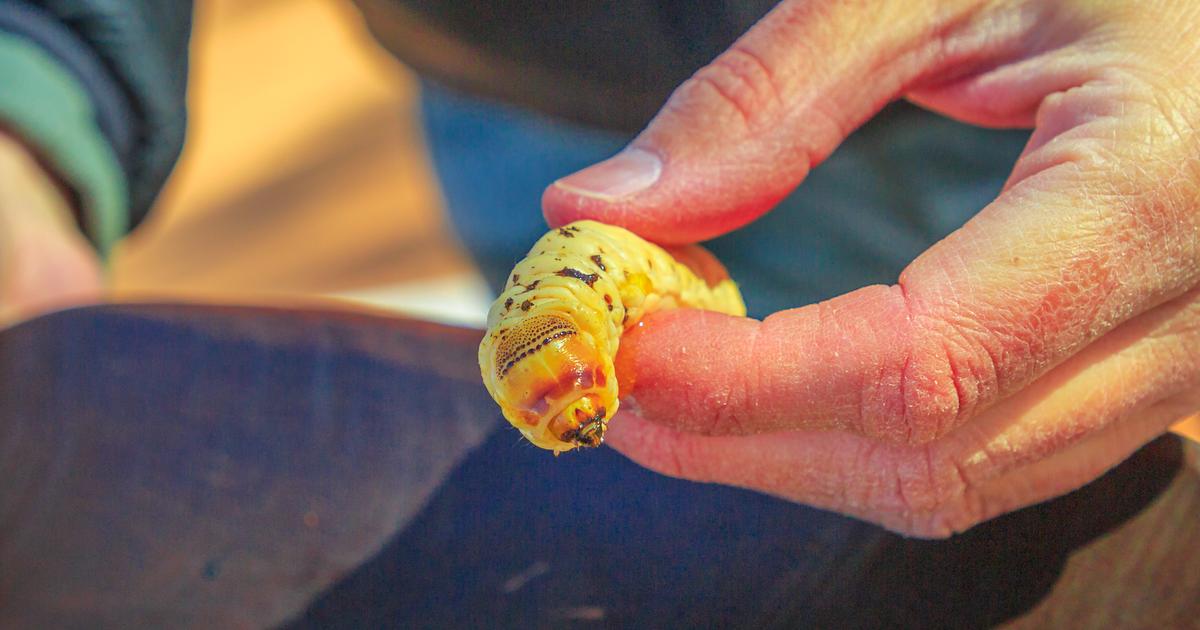
Named after the bush they feed off (the witchetty bush), these larvae have been known to be a staple in the diets of Aboriginal Australians. They are said to taste like almonds or lightly cooked nuts and are thought to be high in protein. Witchetty grubs live about two feet under the ground. When they are handled, they release a brown liquid as their defense mechanism, which would be enough to divert just about anyone's attention. After they are dug up, they can be eaten raw, or they can be cooked in hot ashes until their skin is crispy, similar to roasted chicken skin. The cooked center is yellow like a hard-boiled egg yolk. Yum!
Stinkheads
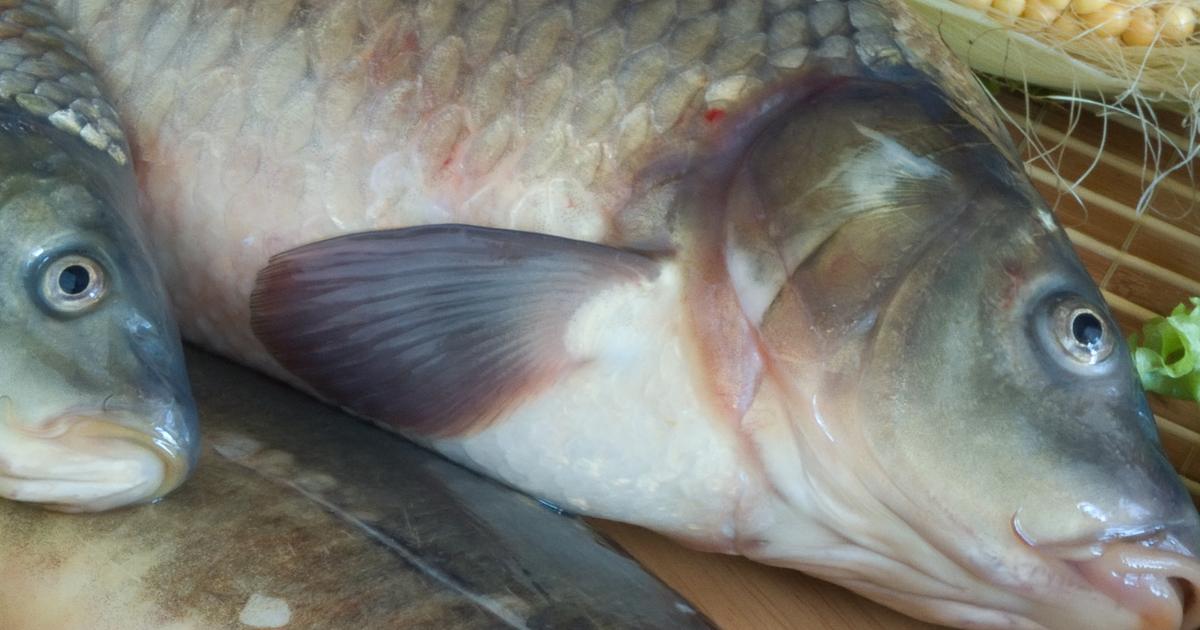
Stinkheads, which are from Alaska, got this name for a reason: they stink. Stinkheads are fermented fish heads that produce a nauseating smell. Fermentation is a preservation process that can prevent the rapid rate of spoilage. However, this process has been associated with the spike in E.coli outbreaks in Alaska in the mid-eighties. But, this does not seem to stop many who are addicted to the taste of this cultural food. The salmon heads are placed in a cloth sack and buried in a barrel underground for about a week. Once dug out of the ground, they are simply mashed with a fork and served as is. The smell may be terrible, but it doesn’t seem to bother those who love the taste.
Century Egg

The century egg is a Chinese delicacy that is eaten all over the world and dates back centuries. Yes, this is an egg, but despite its name, it does not take a century to make. The process actually takes anywhere from a few weeks to a few months. Chicken, duck, or quail eggs are preserved up to a few months with the use of a solution consisting of clay and salt. The yolk becomes dark green to gray and the egg white becomes a translucent brown gel. These eggs can be eaten after the fermentation process is done. Sometimes they are sliced and served with tofu in Taiwan and Japan, though they also can be combined with fresh eggs to make and old-and-fresh egg omelet.
Chicken’s Feet
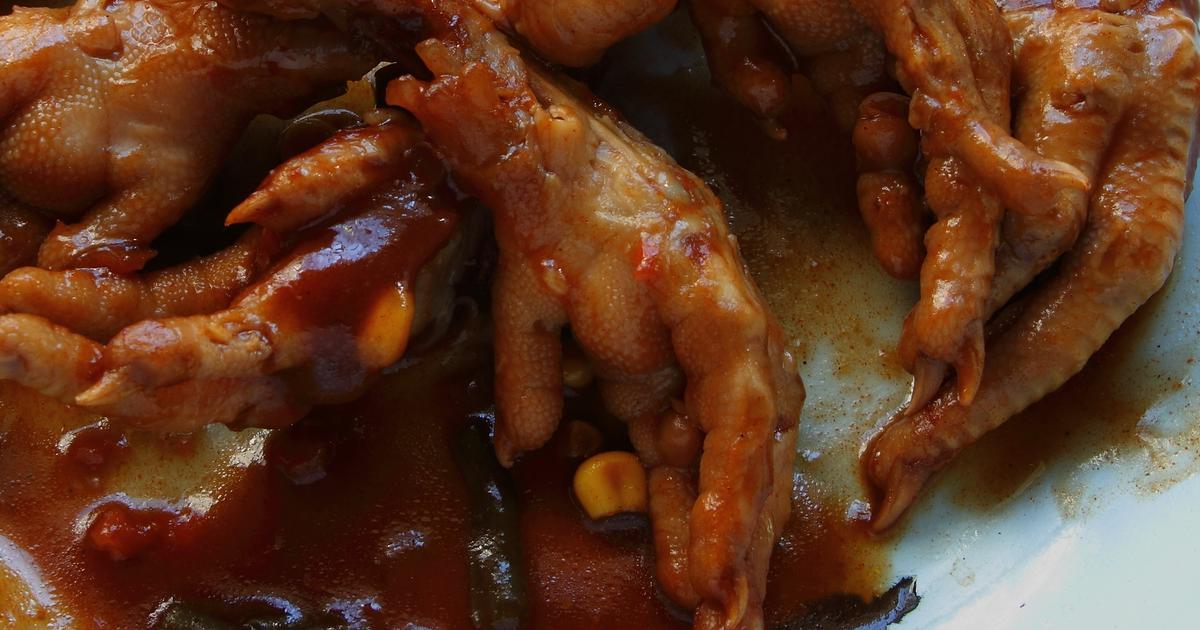
Chicken feet, which countless individuals simply throw away, is actually considered a delicacy in many places throughout the world from Russia to the Philippines. Chicken feet do not have much meat on them. In fact, there is usually only skin and tendons. However, this part of the chicken is quite versatile and is used in many different types of dishes. From soups to entrees, chicken feet are usually deep-fried and steamed before they are stewed in a sauce. It takes a lot of cooking to make these tough digits edible. Seasoned like most other meats, the skin soaks in a lot of flavor. This might be enough to get individuals to try it!
Fried Spider
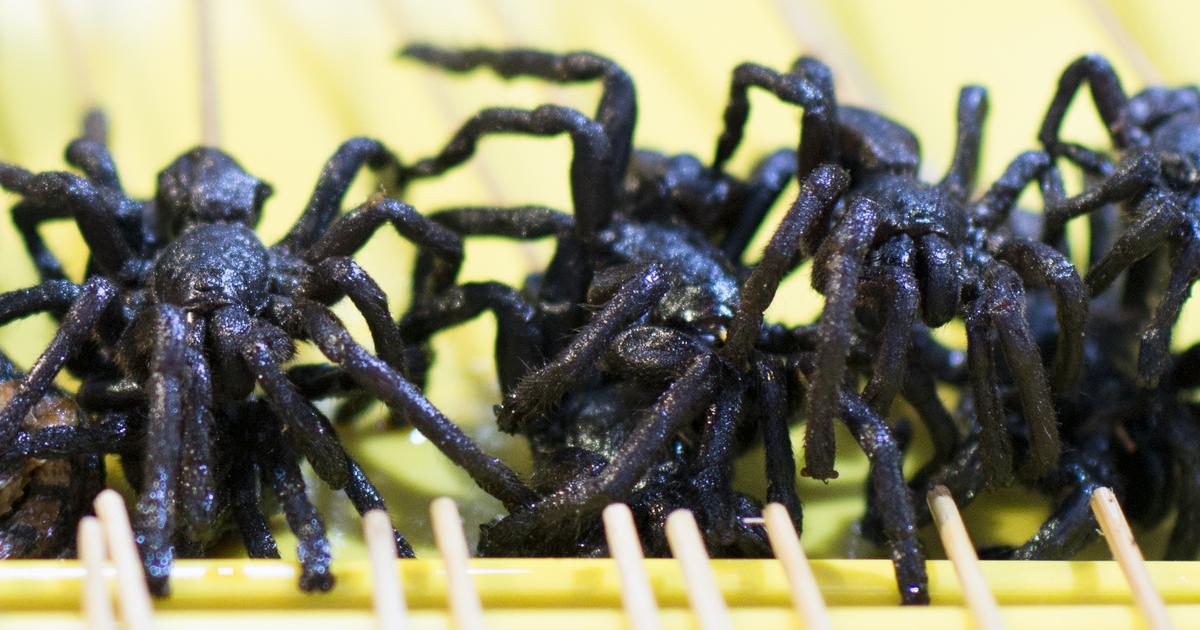
It might be hard to find fried spiders in the United States, but they are incredibly common in Cambodia and other countries on that side of the world. In fact, some would even consider Skuon, Cambodia the capital of fried spider vending. Here, spiders are often bred for the specific purpose of consuming them. Some individuals believe this delicacy was actually born out of necessity and when there was a food shortage, individuals turned to tarantulas to fill their food cupboards. These treats are very affordable at less than ten cents per spider. Below the crunchy, fried surface of the head is a tender center that is said to taste like, believe it or not, chicken, though the center of the body contains a brown paste with a much more distinct taste many individuals avoid.
Bird’s Nest Soup
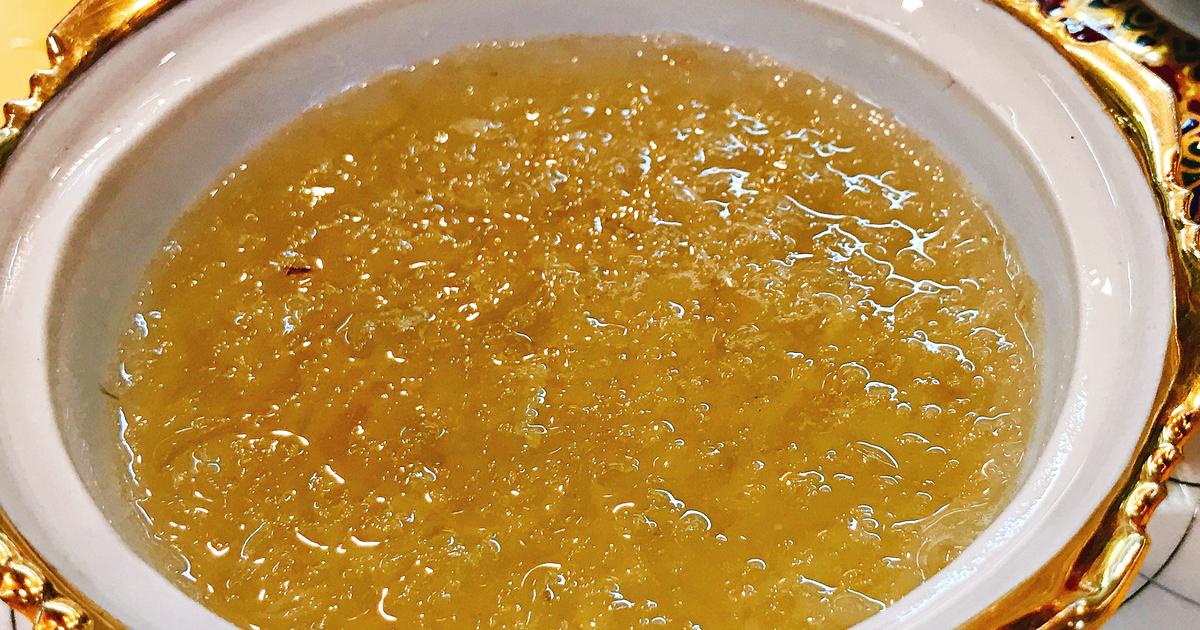
As the name suggests, bird's nests are actually used to make bird's nest soup, though these are not the typical kind of bird's nest. Edible bird’s nests are made by a type of bird called the swiftlet. These birds use their saliva to make the nest, and once their saliva solidifies, the nests are ready for occupation and, yes, consumption. Black, red, and white varieties are harvested from inside limestone caves. The male birds create these nests on the cave walls during their breeding season. Once they're empty, the nests are harvested for consumption. Made in large amounts, the bird’s nest soup is a Chinese delicacy. It’s not so much the flavor, that draws the attention to this soup, but rather the gel-like texture of it. This is precisely why many chefs avoid using strong flavors to avoid masking this unique texture.
Haggis
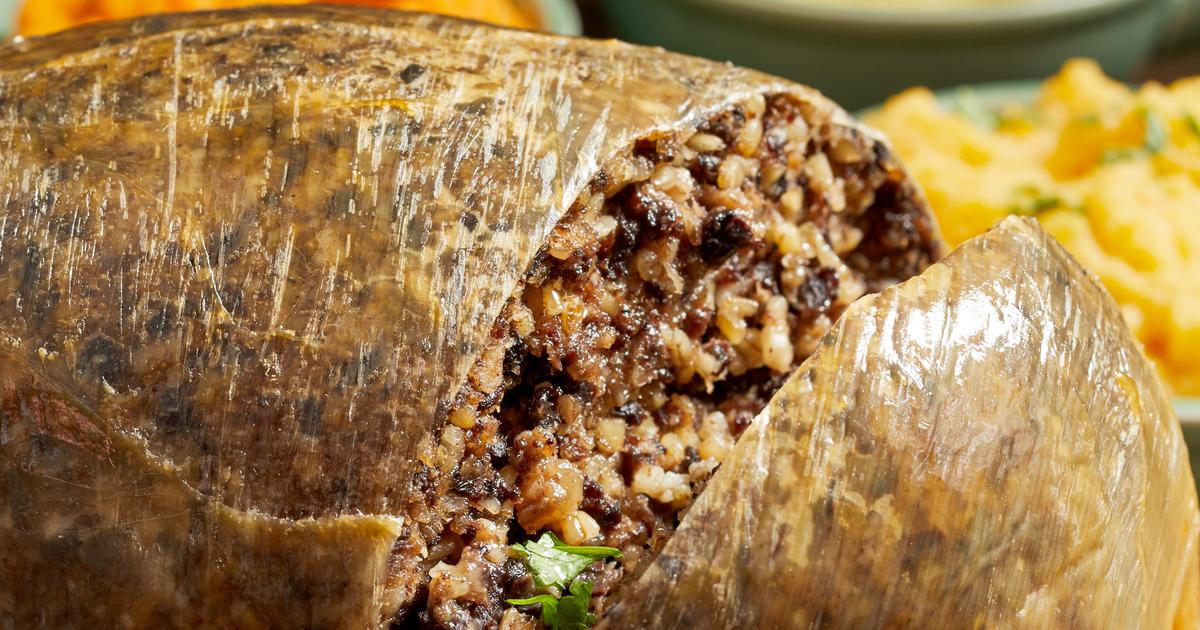
Haggis is a Scottish pudding made of the heart, liver, and lungs of an animal, often sheep, as well as oats, onions, and beef or mutton suet. It is also seasoned with a variety of spices and then cooked encased in a sheep's stomach Though natural sheep stomach is still used today, synthetic casings are also quite common when it comes to haggis. It sounds quite disgusting, but those who eat it say it is quite nutty and savory. sheep heart, liver, lungs, oats, and onions. It can be used as stuffing, but can also be fried as a black pudding for breakfast, or even just eaten with a heaping portion of mashed potatoes.
Escamol

Escamol, found in agave plants in Mexico, is the larvae of ants once consumed by the Aztecs and it continues to be eaten today. The ant larvae feed on the roots of the tequila and other agave plants. Fried with butter, this grain-looking side dish can go with almost any Mexican entrée thanks to its nutty taste. Although it looks quite a lot like rice, escamol is said to have a texture similar to that of cottage cheese. The nutty taste associated with escamol is a compliment to a variety of dishes. Escamol is mostly consumed in Mexico City and surrounding areas.
Vegemite
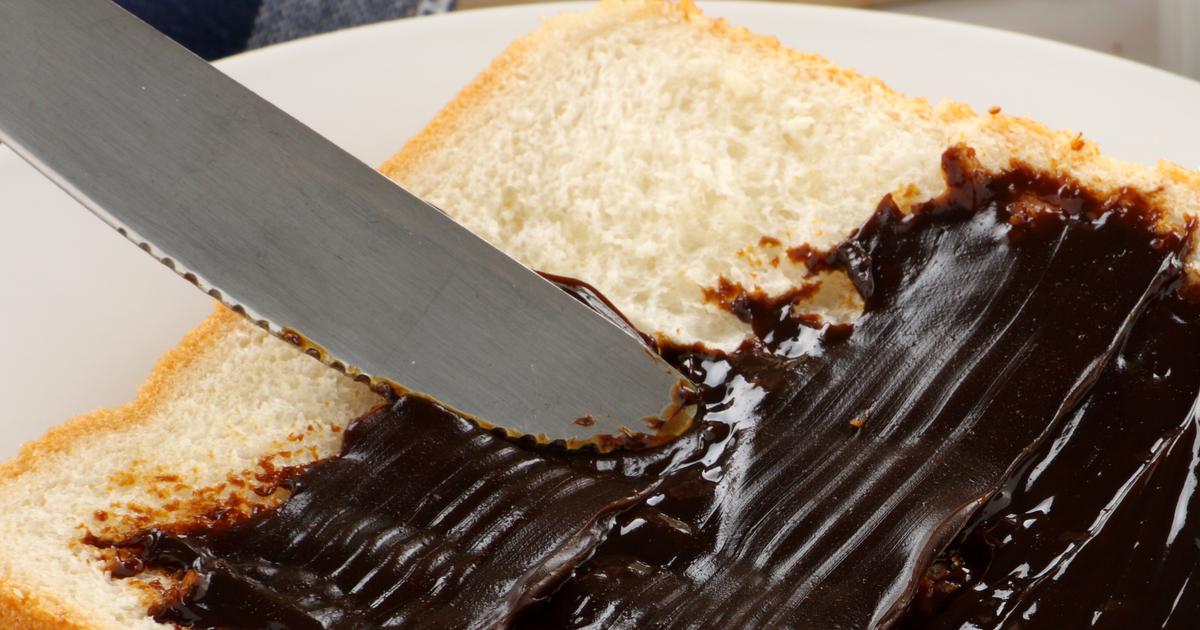
Vegemite, a favorite food in Australia, is a dark brown spread made of brewer’s yeast extract, vegetables, and spices. It is smeared on everything from toast and crackers to pastries and sandwiches. The flavor of vegemite, which has been described as salty, savory, and a little bitter, is very strong, which is why it should be used in very small quantities. Using too much is one of the mistakes made by those trying it for the first time. Vegemite was developed in 1919 as a way to utilize the used yeast from breweries. Breaking down the yeast cells created this paste. Though vegemite is a cultural food in Australia, it is quite similar to a product known as marmite in the United Kingdom.
Rocky Mountain Oysters

Despite what the name might initially indicate, Rocky Mountain oysters are not actually oysters. No, this dish is actually made from bull testicles. These testicles are coated in batter, deep-fried, and then served with a nice cocktail sauce. This American favorite is most commonly served in parts of the West laden with cattle ranches. Originally thought of as ‘cowboy fare,’ this tasty treat was often cooked up after the castration of a bull took place on the range. Now, they are served as a novelty dish. Many say they taste like any other part of the animal, but with a juicier texture.
